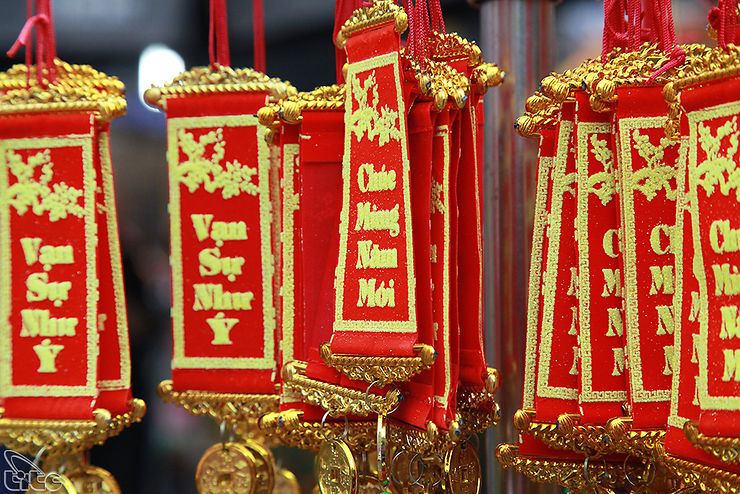 For the eighth year in a row, the Network of European Royal Residences invites its members, cultural and political institutions, historic houses and their audiences to celebrate heritage on social media on July 19, 2023! During one day, join us to discover the palaces of Europe, enter their history and their behind the scenes pictures!
For the eighth year in a row, the Network of European Royal Residences invites its members, cultural and political institutions, historic houses and their audiences to celebrate heritage on social media on July 19, 2023! During one day, join us to discover the palaces of Europe, enter their history and their behind the scenes pictures!
THE 2023 PALACE DAY WILL BE ABOUT ASTRONOMY, ASTROLOGY, MYTHOLOGY!
If astronomy is a recognised scientific discipline based on the observation of the stars, astrology and mythology lie in the domain of beliefs, religions and legends. However, within European royal re sidences, this blurring of astronomy, astrology and mythology is used by Princes to illustrate their power, in an allegorical way. The massive use of allegory in paintings and decorations served to highlight the monarch and his family. Just entering in a royal residence, you are sure to find that stars, gods, symbols are everywhere!
This July 19, 2023, we therefore invite the public, palaces, museums and all cultural institutions to discover the hidden symbols, decrypt the allegories, and share the mythological stories of palaces in Europe and around the world.

